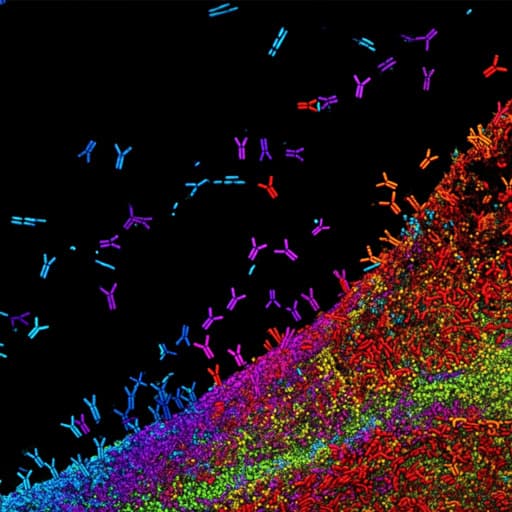
Medicine and Health
Three Outbreaks of COVID-19 in a Single Nursing Home over Two Years of the SARS-CoV-2 Pandemic
V. Čokić, Z. Popovska, et al.
This study investigates the devastation of three COVID-19 outbreaks in a Serbian nursing home, despite the majority of residents and staff being vaccinated with BBIBP-CorV. The findings reveal staggering case fatality rates and highlight how older individuals demonstrated robust immune responses, mitigating mortality in subsequent outbreaks. Conducted by Vladan Čokić, Zorana Popovska, Olivera Lijeskić, Ljiljana Šabić, and Olgica Djurković-Djaković, this research underscores the implications of SARS-CoV-2 variants and vaccine efficacy.
~3 min • Beginner • English
Related Publications
Explore these studies to deepen your understanding of the subject.







